UTEP Researchers put Autonomous Survey Boat to the Test
Researchers at The University of Texas at El Paso have constructed a fully autonomous boat that can carry out bathymetric surveys — surveys of the depth and terrain of bodies of water like oceans, rivers and lakes. The team hopes the robotic boat can help simplify the survey process, which usually takes a crew of individuals to complete, as well as assist with reconnaissance missions.
The boat and its capabilities are described in the May issue of the journal Sensors.
“There are lots of reasons scientists carry out bathymetric surveys,” said Laura Alvarez, Ph.D., lead author of the study. “If you want to work in water-related studies, you need to know the shape and landscape of bodies of water. For example, you might want to map a reservoir to learn about water supply for electrical demand, or a river to learn about river evolution or flow patterns.”
Alvarez, an assistant professor in UTEP’s Department of Earth, Environmental and Resource Sciences, specializes in unmanned systems for earth science. She started developing the boat several years ago but needed help tweaking and perfecting the system. That’s when she recruited science and electrical engineering master’s student Fernando Sotelo ‘22.
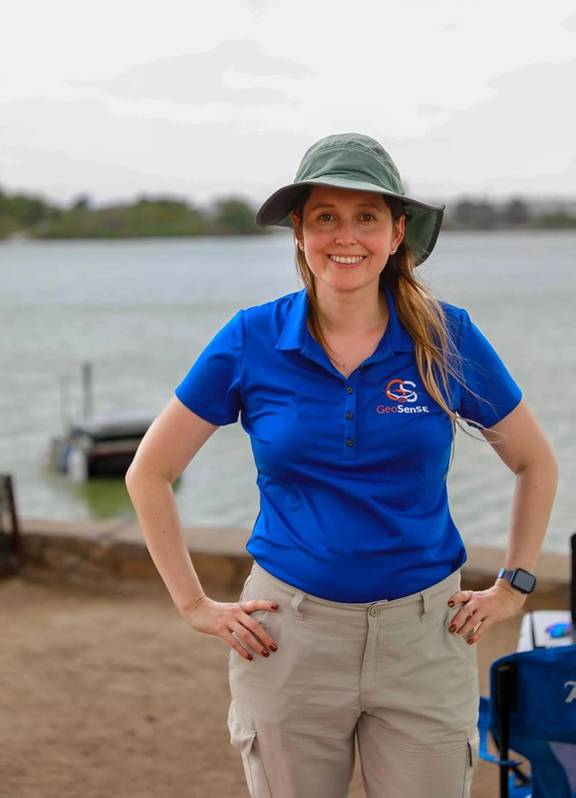 Dr. Laura Alvarez. Photo Credit: The University of Texas at El Paso.
Dr. Laura Alvarez. Photo Credit: The University of Texas at El Paso.
“The first time we tested the boat was at the swimming pool at UTEP — just to make sure it could float,” laughed Fernando Sotelo, study co-author and now UTEP alumnus. Over the course of a year, Sotelo refined the aluminum watercraft, a 3-foot-by-3-foot circular craft that
rests on a thick black inner tube, testing it in various environments like New Mexico’s Grindstone and Elephant Butte lakes.
His goals included extending the boat’s hours of operation and reliability; and making it fully autonomous and responsive to potential environmental issues like wind speed and temperature flux. Now, a failsafe can detect when batteries are low or wind gusts are too high and triggers a return-to-base function. The rudderless watercraft operates with four thrusters, allowing it to travel up to 5 feet per second and
easily rotate 360-degrees. A solar panel and lithium battery allow the boat to last up to four hours at sea — covering an area up to 472,400 square feet.
All the while a multibeam echosounder — a sonar system — emits sound waves from the bottom of the boat. Water depth can be calculated by the time it takes for the sound wave to water to hit the seafloor and return to the sonar system. The sound itself that returns to the device can help detect the type of material on the seafloor.
To show proof of concept, the team successfully created 2D and 3D maps of portions of Ascarate Lake in El Paso, Texas and Grindstone Lake in Ruidoso, New Mexico. “My goal was to make the boat state-of-the-art and I think I did that. Of course, there’s always room to improve,” said Sotelo, who worked on the boat for his master’s thesis. “But the system works and for now, I hope it can make it easier for scientists like Dr. Alvarez to conduct their research.”
Alvarez will put the boat to use for the first time this summer to study the Rio Grande River’s flow and depth. She adds that the instructions to replicate the boat are online in their latest Sensors publication.
“The reason we wrote the paper was so that anyone can reproduce it by themselves,” Alvarez said. “It serves as an effective guideline to get them started."
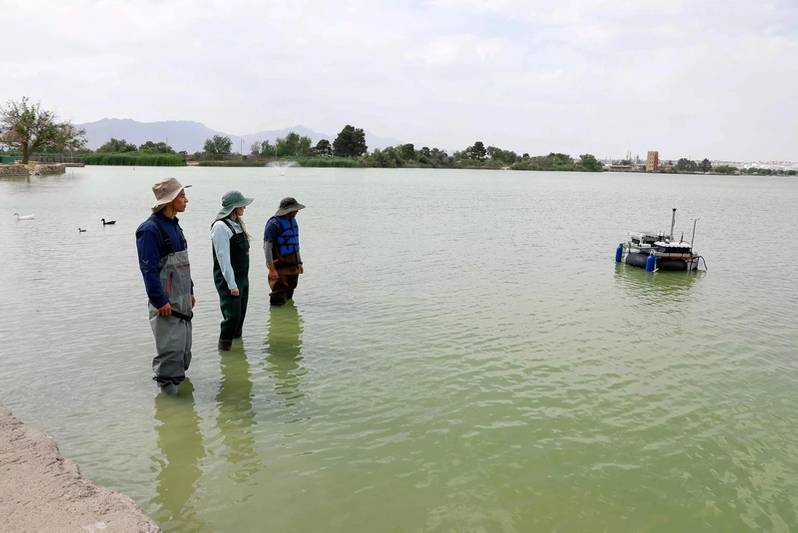 From left to right: UTEP alumnus Fernando Sotelo, Assistant Professor Laura
From left to right: UTEP alumnus Fernando Sotelo, Assistant Professor Laura
Alvarez and doctoral student Jayanga Thanuka Samarasinghe observe the autonomous boat at Ascarate Lake,
located in El Paso, Texas. Credit: The University of Texas at El Paso.






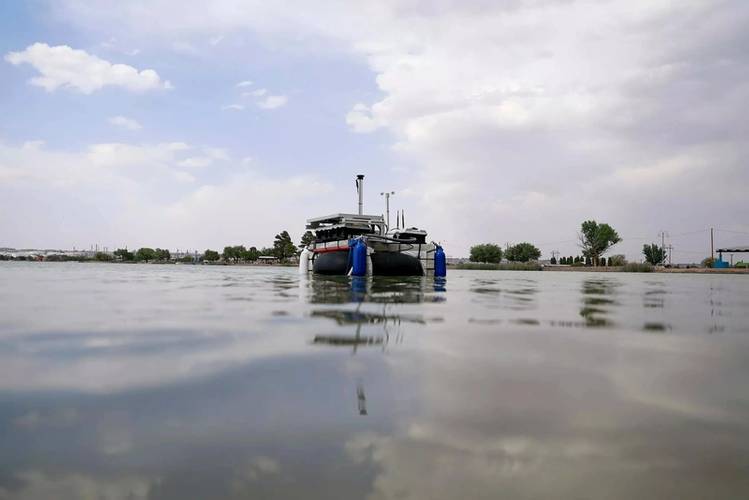
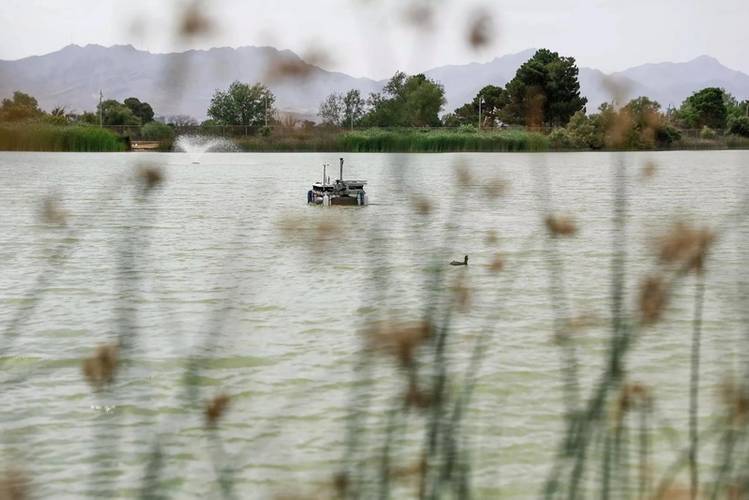

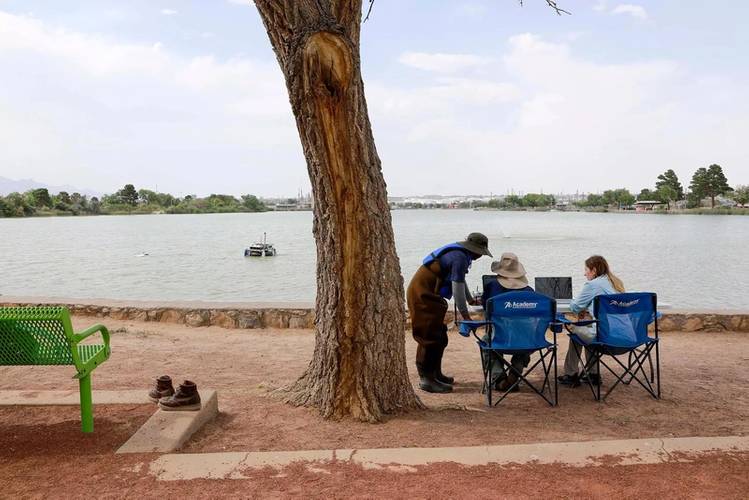



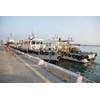









 December 2025
December 2025



